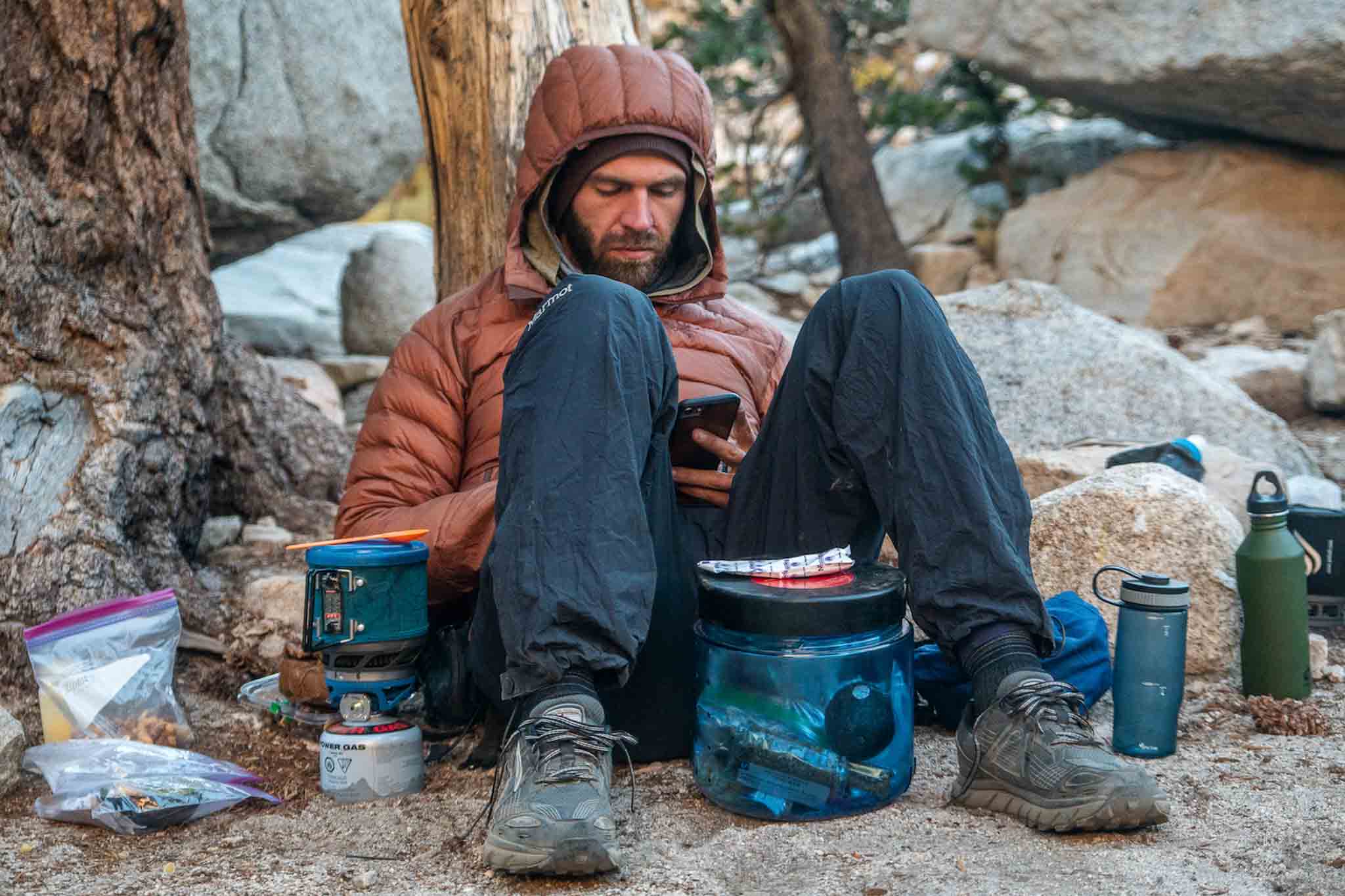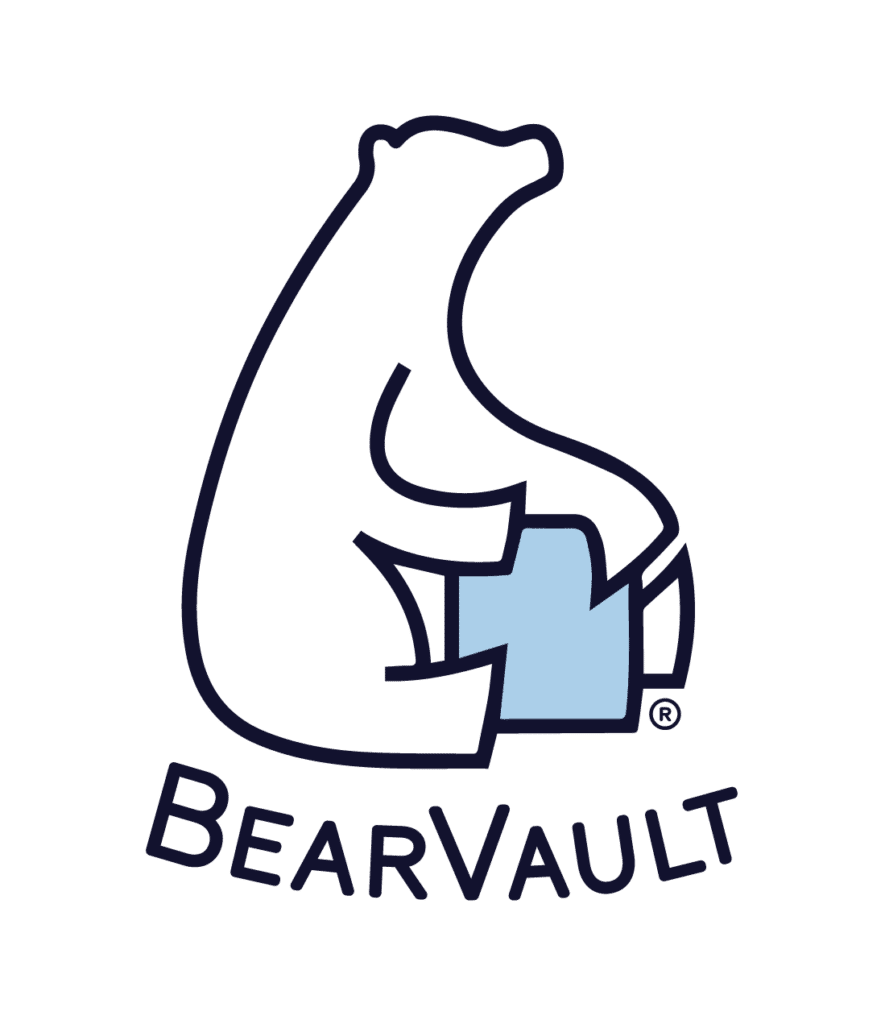You’re going on a wilderness adventure into bear territory and after filling your pack with gear, you’ve found yourself looking at your bear canister wondering, “is it even worth it carrying this canister?”
Perhaps you haven’t even made it that far. Maybe you’re reading an area’s requirements or your permit’s terms and you come across the words “food storage requirement”. Does this mean you need to buy, rent, or otherwise procure a bear canister? On that note, If you’re new to backpacking, check out our comprehensive guide!
The solution to this dilemma is simple. Ask yourself, “Do bears inhabit the area where I will be recreating?” If the answer to this question is yes, you bring a bear canister.
However, if you’re like me, it’s not enough to be told what you should do; you need to understand the why. Fortunately, there’s no shortage of compelling reasons in support of carrying a bear canister.
Worth More Than a Fine

The first, and sometimes most obvious, reason it’s worth it to carry a bear canister is that you’re legally required to do so. In addition to having your permit revoked (and potentially being barred from future recreation in the area), not carrying a bear canister where they’re legally required can mean stiff fines – fines that far exceed the cost of a canister. But does this mean it’s only worth carrying a bear canister where required by law? It does not.
What makes it worth carrying a bear canister in bear country extends well beyond, “because you might be fined.” The primary function of a bear canister isn’t to comply with the law; it’s to protect your food from bears (and bears from your food). A bear getting into your food is a worst-case scenario for both you and the bear. The bear gets a taste for human food and risks becoming habituated to the areas frequented by humans and drawing an association between people and food. These bears become known as “problem bears” and, in some circumstances, are euthanized.
Worst case for the bear if you don’t carry a bear canister? The bear dies. Is that a cost you’re willing to accept for not carrying a bear canister?

So Many Reasons to Use a Bear Can
Despite thinking that your worst-case scenario may simply be the loss of your delicious hiker snacks, there could be considerably more at stake than just your candy stash.
What if you’re out with friends for a long weekend. You got your permit months in advance. You’ve all traveled multiple hours to the trailhead. Maybe you took a day off work to prep and make it to the trailhead early. You thought about bringing a bear canister but decided not to. Night one, a bear gets into your food. Trip over (for you, at least). So much for a fun weekend in the backcountry. Would a bear canister have been worth it? Unquestionably.
But there are reasons more – beyond a bear ravaging through your hiker-food goodness – to make a case for carrying a bear canister. I’ve been on enough trips with first-time backpackers to know that a camp chair is not completely out of the question in many hikers’ minds as far as something to bring into the backcountry. Know what makes an excellent camp chair? A bear canister.

Yet another benefit of carrying a bear canister? Your food doesn’t have to be crushed and your options for bringing calories beyond dried fruit and assorted nuts open up wide. Pack crackers, cookies, fresh fruit, pizza, vegetables, even hard-boiled eggs if you’re feeling brave, and they’ll all come out of your bear canister exactly as they went in (whole and delicious). Pouring a bag of smashed crackers into your mouth is nowhere near as satisfying as grabbing a handful of yet-to-be-broken crackers and shoving them into your mouth with the fervor of a ravenous bear.
Worst case for the bear if you don’t carry a bear canister? The bear dies. Is that a cost you’re willing to accept for not carrying a bear canister?
-Mac, Halfway Anywhere
Is a Bear Canister Worth It Yet?

Not only is a bear canister an excellent seat, a great protector of your food’s integrity, and a way to keep it away from bears, but the transparent plastic used by BearVault bear canisters also makes it quick and easy to catalog and take note of what food you have remaining. No more digging through a dirty stuff sack filled with bits of wrappers and loose trail mix to figure out where that final bar is hiding. BearVault canisters also offer a wide-mouth opening, strap guides (if you prefer to keep your bear canister/stool outside of your pack), and are (most importantly) bear-proof.
Hanging your food is ineffective and bear boxes cannot always be relied upon. The only way to ensure you (and the bears) continue to enjoy success in the backcountry is to bring proper food storage. A bear canister isn’t something you “have to bring because you’re supposed to”; it’s something you should want to bring along because you recognize the value of being a good steward of our outdoor spaces. Bear canisters don’t occupy the land of “optional/luxury items” where we find things like fishing poles and musical instruments. It’s an essential piece of backpacking equipment that belongs next to your backpack, sleeping bag, and shelter.
A bear canister is a simple, affordable, and practical way to help take steps to guarantee your trip into bear territory is a success. Is it worth it? Absolutely.

Guest Author:
Mac
Founder of Halfway Anywhere, Mac likes to adventure across the world. So far he has completed the Pacific Crest Trail as well as the Continental Divide Trail. He loves saying “yes” to new people and new experiences however they may come to him.




